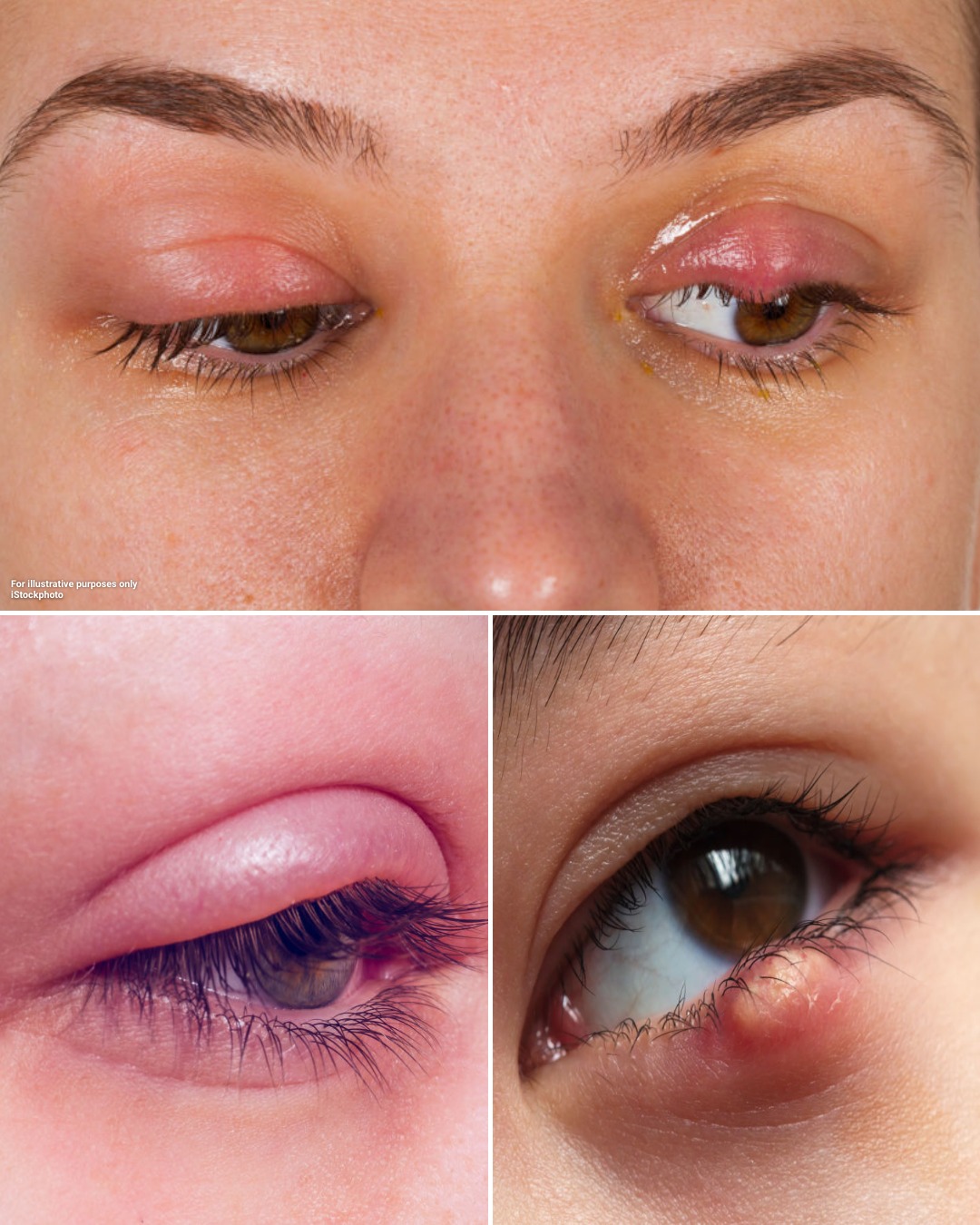A small lump on your eyelid can be uncomfortable, irritating, and sometimes even alarming. Most of the time, these lumps are caused by two common conditions: a stye (hordeolum) or a chalazion. While they can look similar at first, there are key differences between the two—and understanding these differences can help you know when it’s time to seek medical care.
In this article, we’ll break down the causes, symptoms, treatments, and warning signs for styes and chalazia, based on expert eye care advice.
Disclaimer: This article is for educational purposes only. It is not a substitute for professional medical advice, diagnosis, or treatment. Always consult an eye care professional (ophthalmologist or optometrist) if you have concerns about your eye health.
👁️🗨️ 1. What Is a Stye (Hordeolum)?
A stye is a painful, red bump that forms on the edge of the eyelid, usually caused by an acute bacterial infection. It’s essentially like getting a pimple on your eyelid.
🔸 Causes:
-
Infection of an eyelash follicle or oil gland (usually by Staphylococcus aureus bacteria).
-
Poor eyelid hygiene.
-
Touching or rubbing eyes with dirty hands.
-
Using old or contaminated eye makeup.
🔸 Key Symptoms:
-
Painful, tender lump near the eyelid margin.
-
Redness and swelling, sometimes affecting the entire eyelid.
-
The bump may be filled with pus and can come to a head like a pimple.
-
Tearing, light sensitivity, or a gritty feeling in the eye.
Styes typically develop quickly (within a day or two) and may drain on their own after a few days.
🧊 2. What Is a Chalazion?
A chalazion (pronounced kuh-LAY-zee-on) is a painless lump that develops inside the eyelid when a meibomian oil gland becomes blocked. Unlike a stye, it’s not an active infection.
🔸 Causes:
-
Blockage of oil glands due to inflammation or thickened oils.
-
May develop after a stye that didn’t fully drain.
-
Chronic eyelid conditions like blepharitis or rosacea.
🔸 Key Symptoms:
-
Painless or mildly tender lump, deeper in the eyelid.
-
Usually firmer and rounder than a stye.
-
May slowly increase in size over days or weeks.
-
Can cause blurry vision if large enough to press on the eye.
Chalazia are typically not red or inflamed after the initial stage and often resolve slowly over several weeks.
📊 3. Stye vs. Chalazion: Key Differences
| Feature | Stye | Chalazion |
|---|---|---|
| Cause | Bacterial infection | Blocked oil gland |
| Pain | Painful and tender | Usually painless |
| Location | Edge of eyelid | Deeper inside the eyelid |
| Appearance | Red, swollen, pimple-like | Firm, round lump |
| Onset | Rapid (1–2 days) | Gradual (days–weeks) |
| Treatment | Warm compress, hygiene, sometimes antibiotics | Warm compress, massage, rarely surgery |
👉 Quick tip: If the lump is painful, red, and on the eyelid edge, it’s likely a stye. If it’s painless, firm, and deeper, it’s more likely a chalazion.
🏠 4. Home Treatment Options
For both styes and chalazia, early home treatment can often help speed up healing and relieve discomfort.
🌡 Warm Compress
-
Soak a clean cloth in warm (not hot) water.
-
Apply gently to the closed eyelid for 10–15 minutes, 3–5 times a day.
-
Helps loosen blocked oils and encourages drainage.
🧼 Eyelid Hygiene
-
Wash hands before touching the eyes.
-
Gently clean eyelid margins with diluted baby shampoo or a commercial eyelid cleanser.
-
Avoid rubbing or squeezing the lump.
🚫 Avoid Makeup & Contact Lenses
-
Stop using eye makeup until the lump heals.
-
Avoid contact lenses if the eyelid is swollen or irritated.
🩺 5. When to See a Doctor
While most styes and chalazia resolve on their own, medical attention is needed if:
-
The lump does not improve after several days of warm compresses.
-
Swelling and redness spread to the entire eyelid or face.
-
You experience vision changes or the lump is pressing on your eye.
-
The pain is severe or the lump keeps coming back.
An ophthalmologist may prescribe antibiotic ointments or eye drops for infected styes, or perform a minor drainage procedure if needed. For chalazia, if the lump persists, a small surgical removal or steroid injection may be recommended.
⚠️ 6. Prevention Tips
To reduce your chances of developing future styes or chalazia:
-
Wash your hands frequently and avoid touching your eyes.
-
Remove makeup every night, and replace eye makeup every 3–6 months.
-
Keep eyelid margins clean, especially if you have blepharitis or oily skin.
-
Use warm compresses regularly if you are prone to blockages.
-
Avoid sharing towels, makeup, or eye care products.
📝 SEO Keywords to Target:
-
Stye vs chalazion difference
-
Lump on eyelid causes
-
Stye symptoms and treatment
-
Chalazion symptoms
-
Eyelid lump home remedies
-
Warm compress for stye
-
How to treat chalazion naturally
-
Stye vs chalazion chart
-
When to see doctor for eyelid lump
🧠 Conclusion: Know the Signs, Take Quick Action
Styes and chalazia are very common eyelid conditions, but they can be confusing because they look similar. The key difference lies in pain, location, and cause—a stye is an acute infection, while a chalazion is a blocked gland.
In most cases, simple home treatments like warm compresses are enough to heal the lump. However, if it persists, spreads, or affects your vision, don’t delay getting medical help. Early intervention prevents complications and helps keep your eyes healthy.
✅ Meta Description (SEO):
Learn how to tell the difference between a stye and a chalazion. Discover causes, symptoms, treatments, and when to see a doctor for eyelid lumps.
✅ Recommended Title Tags:
-
“Stye vs. Chalazion: Key Differences, Symptoms & Treatments”
-
“Eyelid Lump Guide: Stye or Chalazion? Causes and Remedies”
-
“Stye vs Chalazion Explained: Expert Eye Care Tips”

